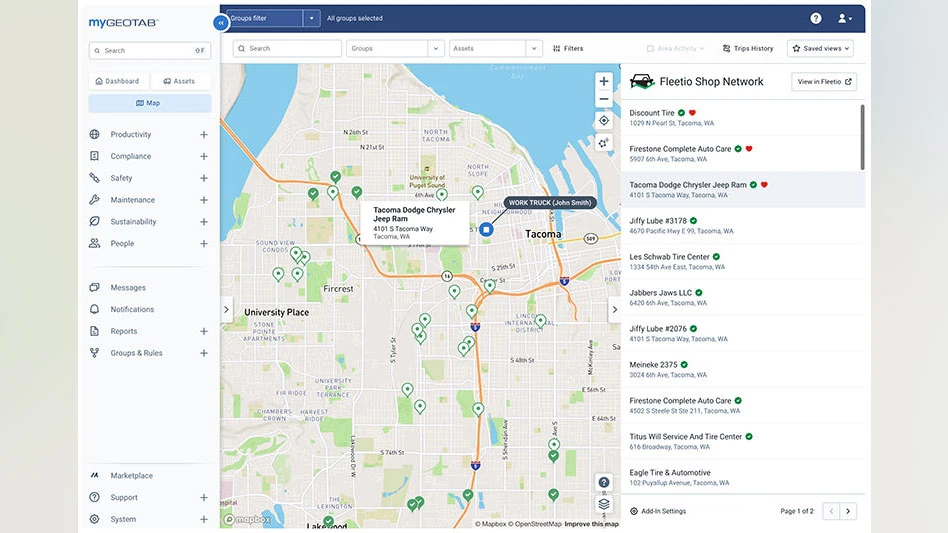
© Nikolay Mamluke | Dreamstime.com
With a bevy of other organizations, the Arlington, Virginia-based Associated General Contractors of America (AGC) has filed suit attempting to block implementation of the “Revised definition of the ‘Waters of the United States’” under the Clean Water Act (CWA) by the Environmental Protection Agency (EPA) and the U.S. Army Corps of Engineers.
The coalition of about 16 agricultural, construction and real estate organizations filed the civil complaint Jan. 18 seeking declaratory judgment and injunctive relief in the United States District Court for the Southern District of Texas in Galveston.
In the filing, the plaintiffs say the rule should be vacated, arguing it is “arbitrary, capricious, an abuse of discretion, or otherwise not in accordance with law because [it is] unsupported by the scientific and economic evidence that was before the agencies and is inconsistent with the plain language of the CWA.”
Many of the plaintiffs in the case complained that the EPA’s definition of the Waters of the United States (WOTUS) was “vague” after the EPA issued a definition in 2008 and that a subsequent attempt at clarifying the definition of WOTUS in 2015 was “just as (if not more) vague and uncertain,” according to the civil complaint.
In an EPA fact sheet dealing with the definition, the agency says it chose the “familiar, pre-2015 definition as a foundation because it has supported decades of clean water progress and has been implemented by every administration in the last 45 years.”
The plaintiffs disagree with that notion, claiming the rule’s opaqueness is derived from the misreading of a 2006 case.
The new administrative rule violates the CWA, the Administrative Procedures Act and the U.S. Constitution’s due process and commerce clauses, the AGC says in a news release announcing the filing.
One aspect of the proposed rule is the inclusion of “relatively permanent” areas of water as WOTUS, according to the EPA fact sheet. Relatively permanent areas of water are those that “contain water at least seasonally,” says the EPA.
“Just because a piece of land occasionally gets wet doesn’t make it a navigable waterway,” AGC CEO Stephen E. Sandherr says. “Try as it might, the administration cannot redefine the reality of existing law or constitutional limits on executive power.”
While the AGC says the rule could hamstring the industry by creating obstacles to getting work done, the EPA says it would provide “clear rules of the road that would help advance infrastructure projects, economic investments and agricultural activities—all while protecting water quality.”
The plaintiffs also argue the EPA should have waited until a related case before the Supreme Court—Sackett v. the EPA—is decided. The case asks the court to determine whether wetlands are WOTUS, which the plaintiffs in the Jan. 18 case claim will “almost certainly provide guidance as to the meaning of WOTUS.”
“After first promising new infrastructure investments, the President now seems committed to making sure much of that work gets tied up in needless regulatory holdups,” Sandherr says. “Instead of finding new and increasing unlawful ways to obstruct infrastructure improvements, the president should instead implement the environmental streamlining provisions that were included in the bipartisan infrastructure law.”
RELATED: EPA launches PFAS analytical tool | US, Delaware reach agreement on cleanup of Superfund site
Latest from Construction & Demolition Recycling
- Radius to be acquired by Toyota subsidiary
- Pacific Steel selects Danieli as EAF equipment supplier
- Viably, Turmec partner on Ohio installation
- EPA plans to revisit numerous environmental, climate regulations
- Connecticut recycling facility looking to accept C&D faces local pushback
- Fornnax wins Green Innovation of the Year award
- ABC: Construction backlog inches lower, staffing levels expected to grow
- Former detention center in Cleveland set for demolition





